Full text
PDF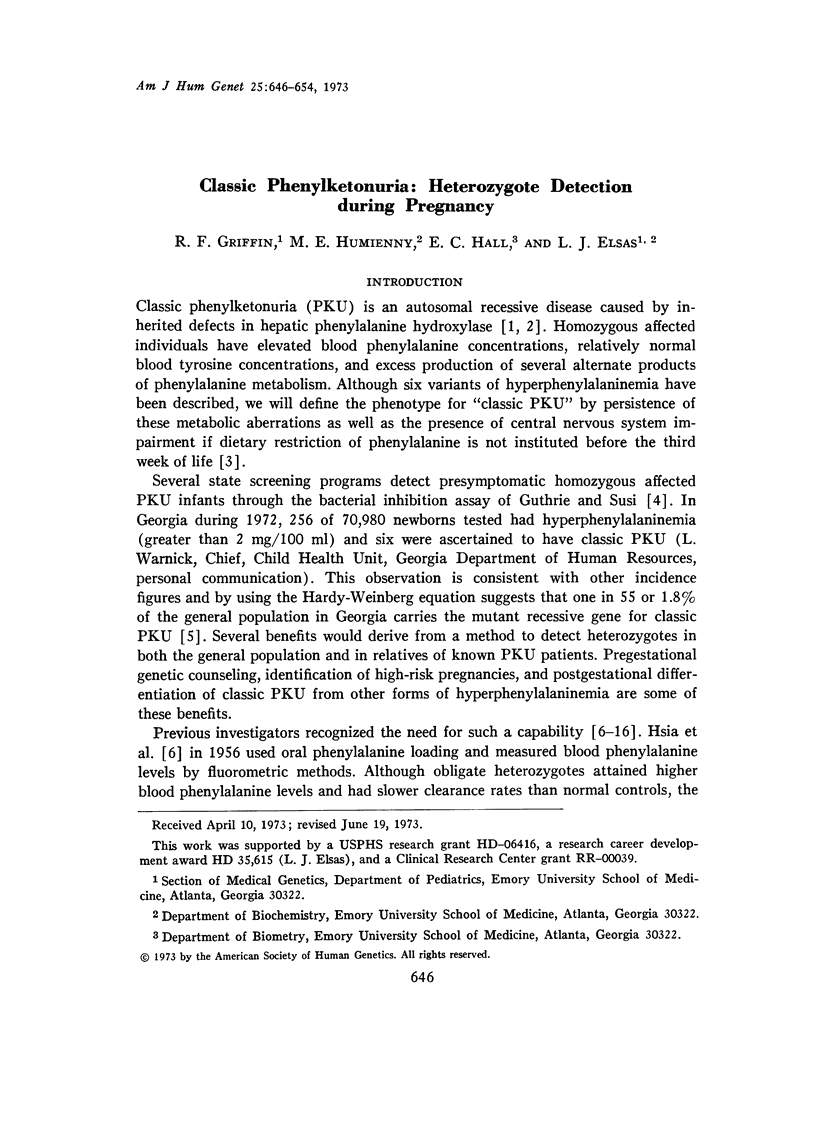
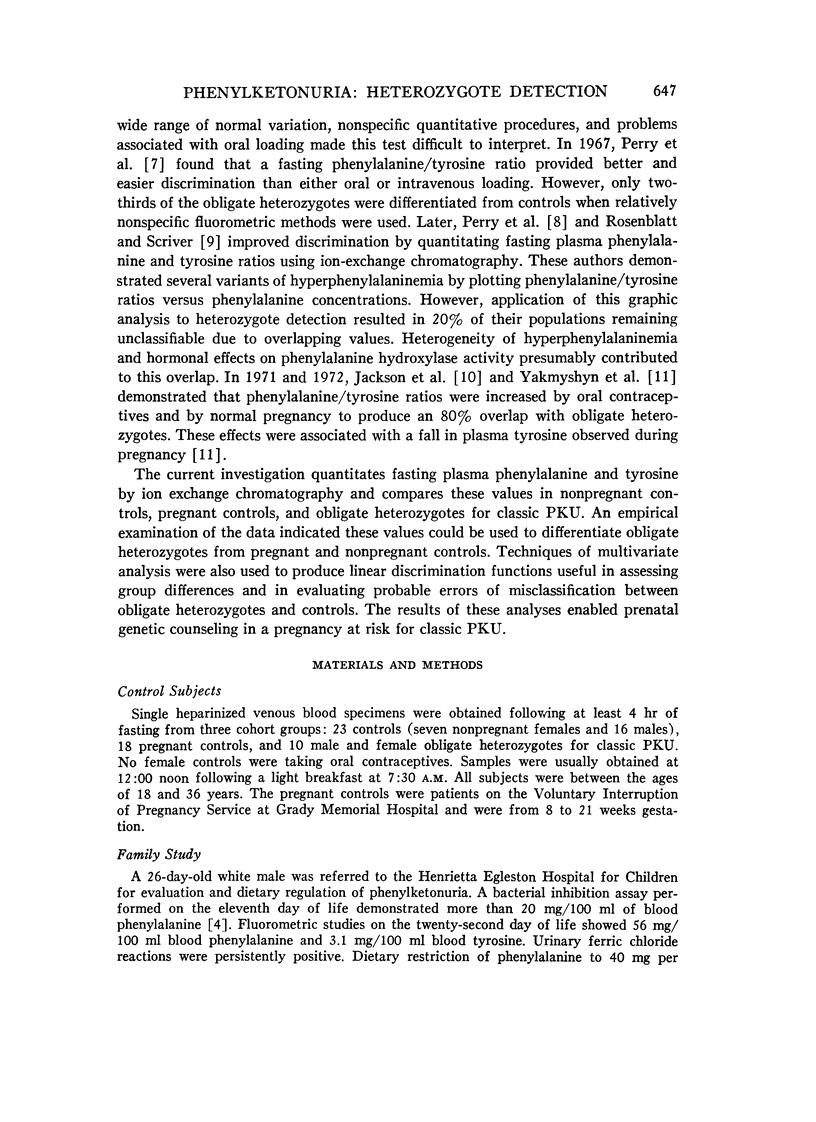
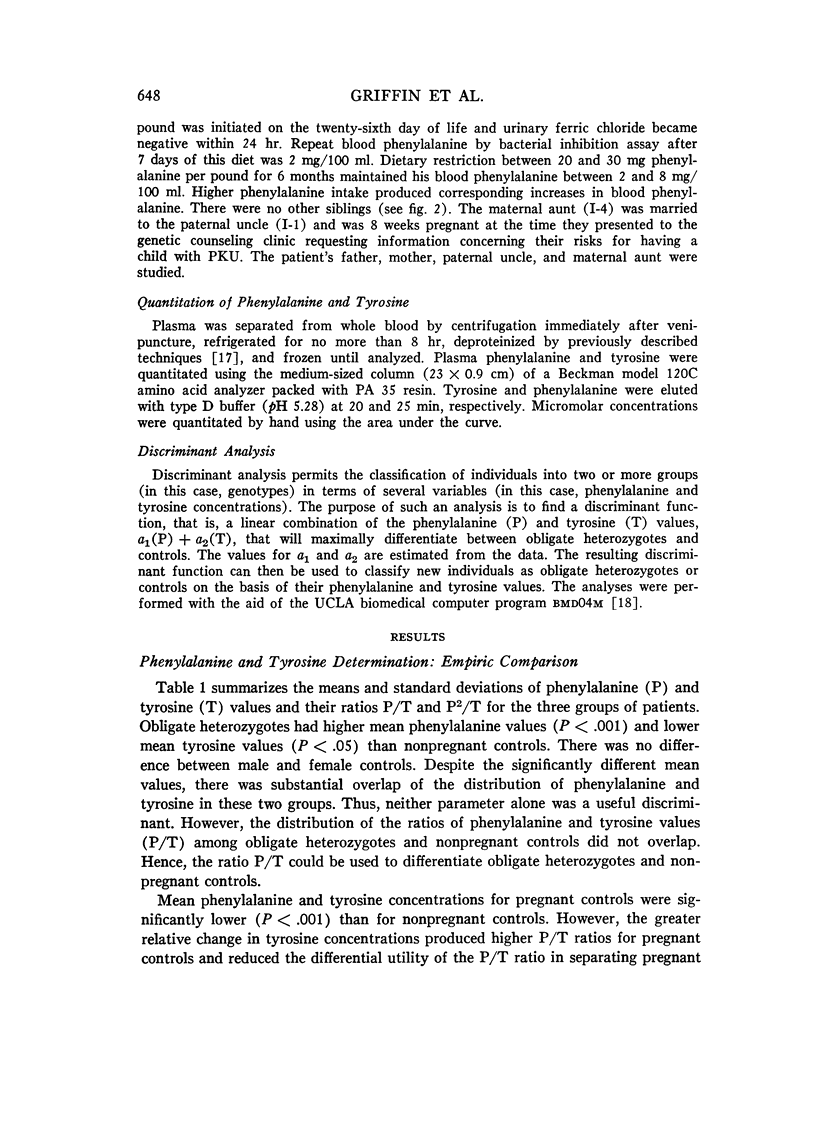
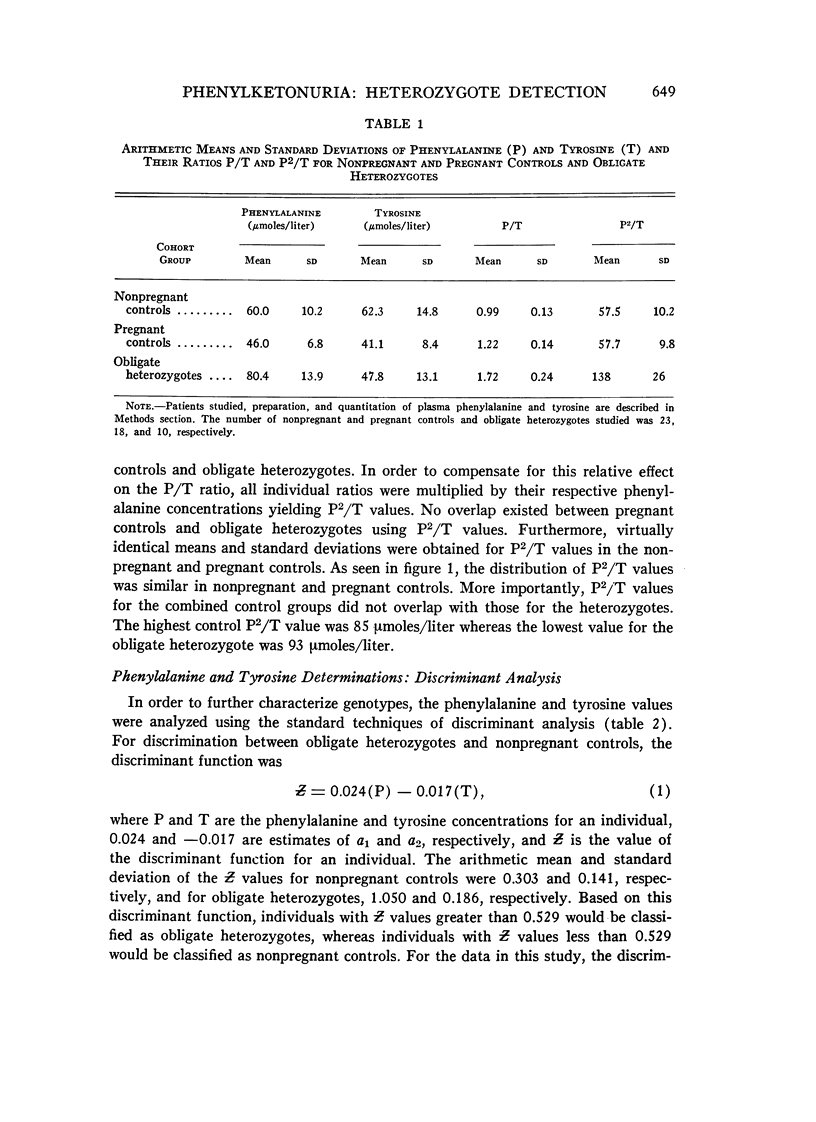

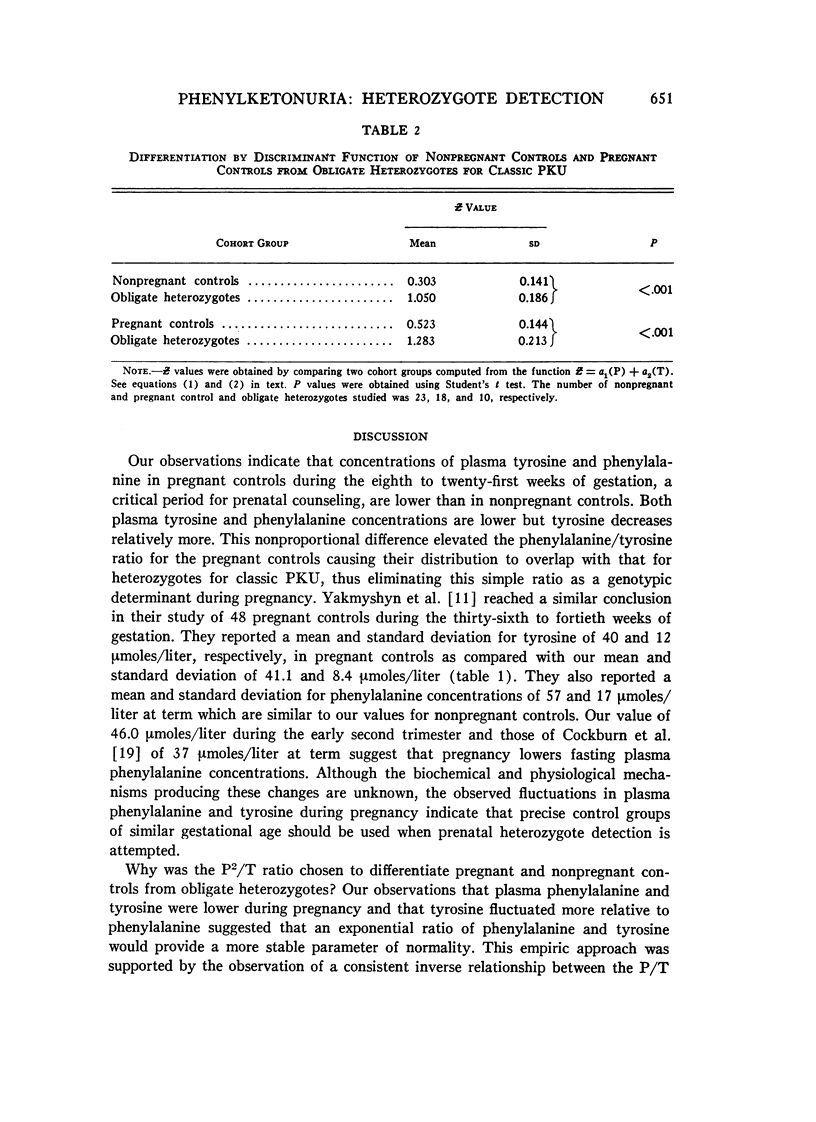
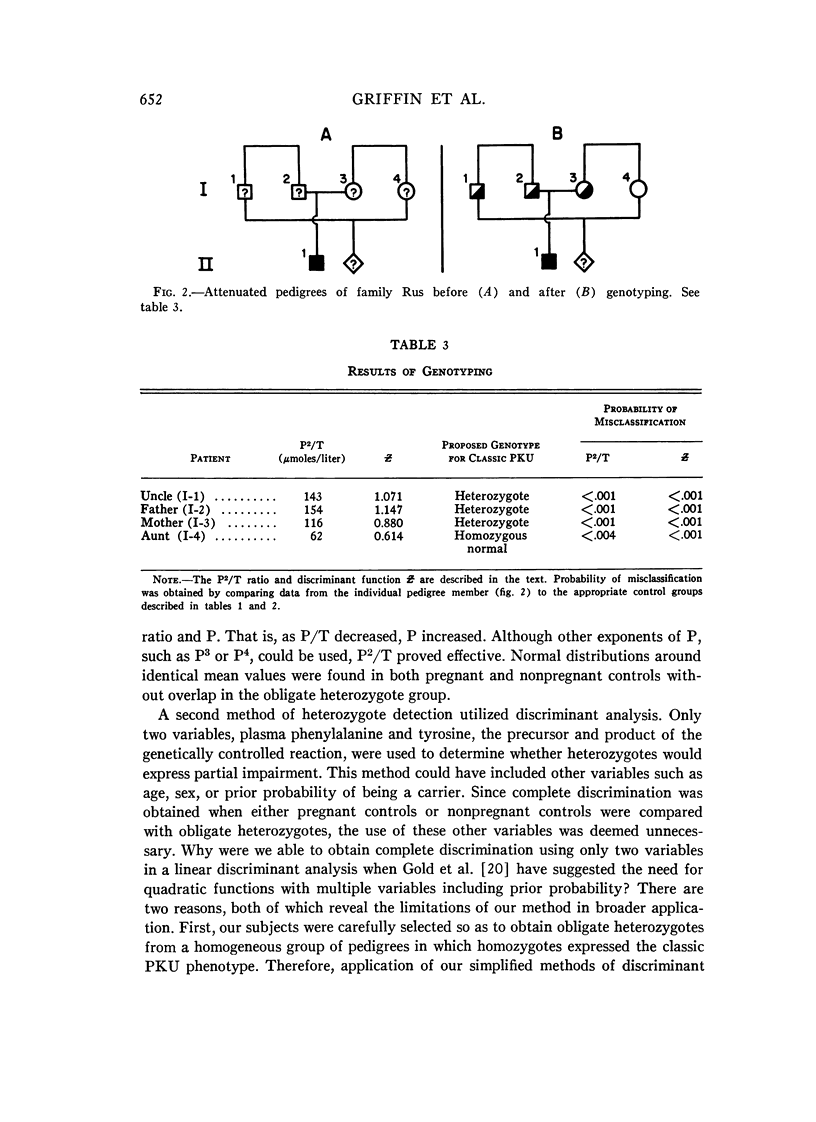
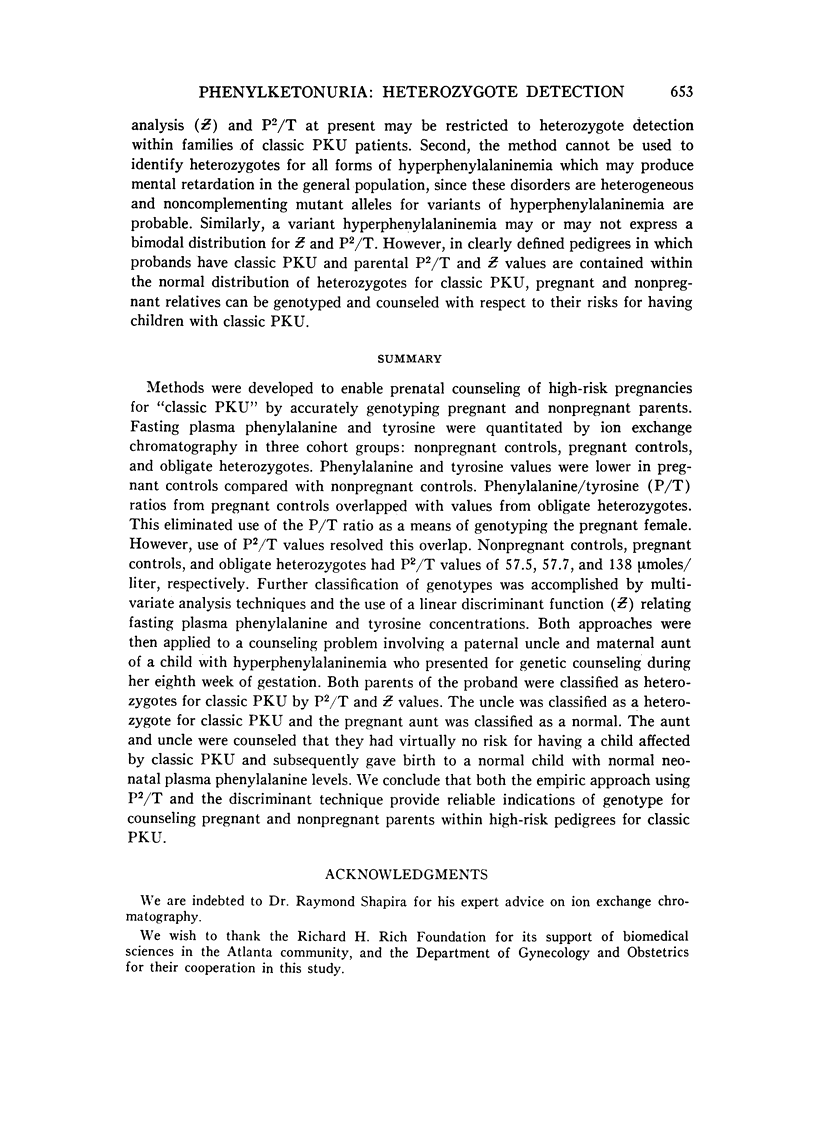
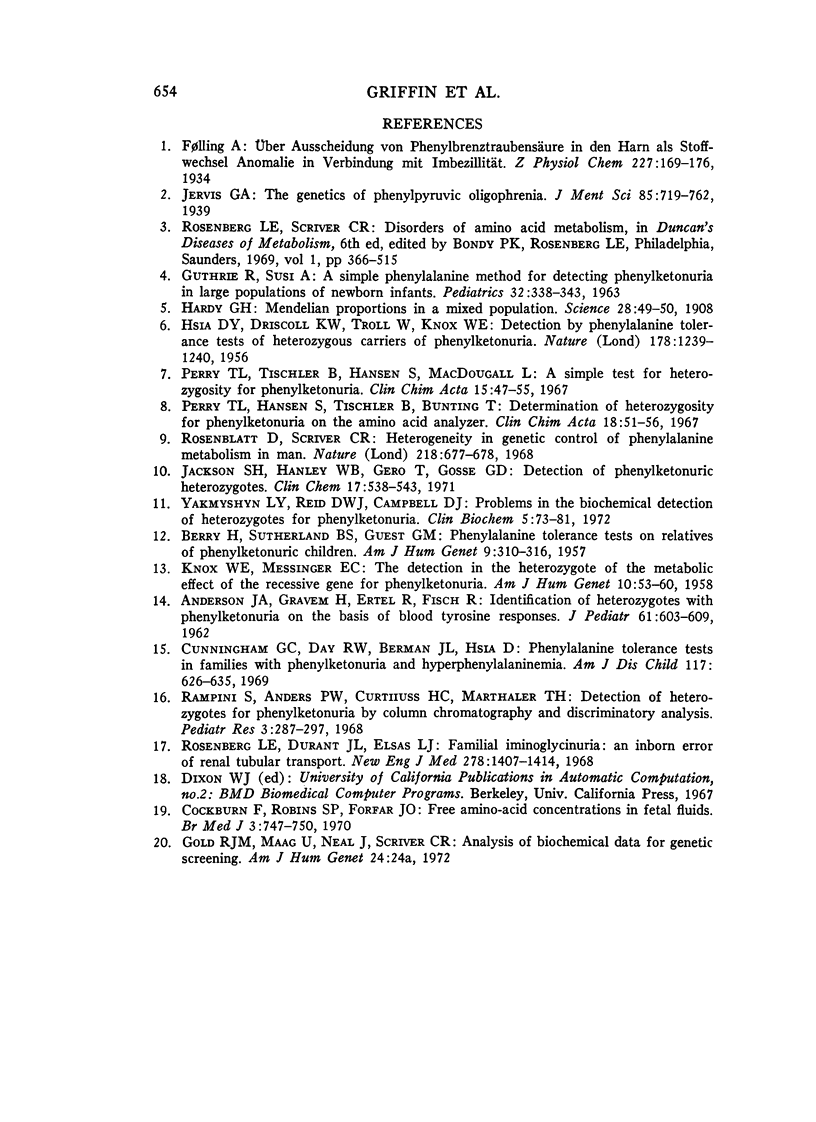
Selected References
These references are in PubMed. This may not be the complete list of references from this article.
- ANDERSON J. A., GRAVEM H., ERTEL R., FISCH R. Identification of heterozygotes with phenylketonuria on basis of blood tyrosine responses. J Pediatr. 1962 Oct;61:603–609. doi: 10.1016/s0022-3476(62)80154-1. [DOI] [PubMed] [Google Scholar]
- BERRY H., SUTHERLAND B., GUEST G. M. Phenylalanine tolerance tests on relatives of phenylketonuric children. Am J Hum Genet. 1957 Dec;9(4):310–316. [PMC free article] [PubMed] [Google Scholar]
- Cockburn F., Robins S. P., Forfar J. O. Free amino-acid concentrations in fetal fluids. Br Med J. 1970 Sep 26;3(5725):747–750. doi: 10.1136/bmj.3.5725.747. [DOI] [PMC free article] [PubMed] [Google Scholar]
- Cunningham G. C., Day R. W., Berman J. L., Hsia D. Y. Phenylalanine tolerance tests. In families with phenylketonuria and hyperphenylalaninemia. Am J Dis Child. 1969 Jun;117(6):626–635. [PubMed] [Google Scholar]
- DRISCOLL K. W., HSIA D. Y., KNOX W. E., TROLL W. Detection by phenylalanine tolerance tests of heterozygous carriers of phenylketonuria. Nature. 1956 Dec 1;178(4544):1239–1240. doi: 10.1038/1781239a0. [DOI] [PubMed] [Google Scholar]
- GUTHRIE R., SUSI A. A SIMPLE PHENYLALANINE METHOD FOR DETECTING PHENYLKETONURIA IN LARGE POPULATIONS OF NEWBORN INFANTS. Pediatrics. 1963 Sep;32:338–343. [PubMed] [Google Scholar]
- Hardy G. H. MENDELIAN PROPORTIONS IN A MIXED POPULATION. Science. 1908 Jul 10;28(706):49–50. doi: 10.1126/science.28.706.49. [DOI] [PubMed] [Google Scholar]
- Jackson S. H., Hanley W. B., Gero T., Gosse G. D. Detection of phenylketonuric heterozygotes. Clin Chem. 1971 Jun;17(6):538–543. [PubMed] [Google Scholar]
- KNOX W. E., MESSINGER E. C. The detection in the heterozygote of the metabolic effect of the recessive gene for phenylketonuria. Am J Hum Genet. 1958 Mar;10(1):53–60. [PMC free article] [PubMed] [Google Scholar]
- Perry T. L., Hansen S., Tischler B., Bunting R. Determination of heterozygosity for phenylketonuria on the amino acid analyzer. Clin Chim Acta. 1967 Oct;18(1):51–56. doi: 10.1016/0009-8981(67)90244-6. [DOI] [PubMed] [Google Scholar]
- Rampini S., Anders P. W., Curtius H. C., Marthaler T. Detection of heterozygotes for phenylketonuria by column chromatography and discriminatory analysis. Pediatr Res. 1969 Jul;3(4):287–297. doi: 10.1203/00006450-196907000-00004. [DOI] [PubMed] [Google Scholar]
- Rosenberg L. E., Durant J. L., Elsas L. J. Familial iminoglycinuria. An inborn error of renal tubular transport. N Engl J Med. 1968 Jun 27;278(26):1407–1413. doi: 10.1056/NEJM196806272782601. [DOI] [PubMed] [Google Scholar]
- Rosenblatt D., Scriver C. R. Heterogeneity in genetic control of phenylalanine metabolism in man. Nature. 1968 May 18;218(5142):677–678. doi: 10.1038/218677a0. [DOI] [PubMed] [Google Scholar]
- Yakymyshyn L. Y., Reid D. W., Campbell D. J. Problems in the biochemical detection of heterozygotes for phenylketonuria. Clin Biochem. 1972 Mar;5(1):73–81. doi: 10.1016/s0009-9120(72)80010-9. [DOI] [PubMed] [Google Scholar]


